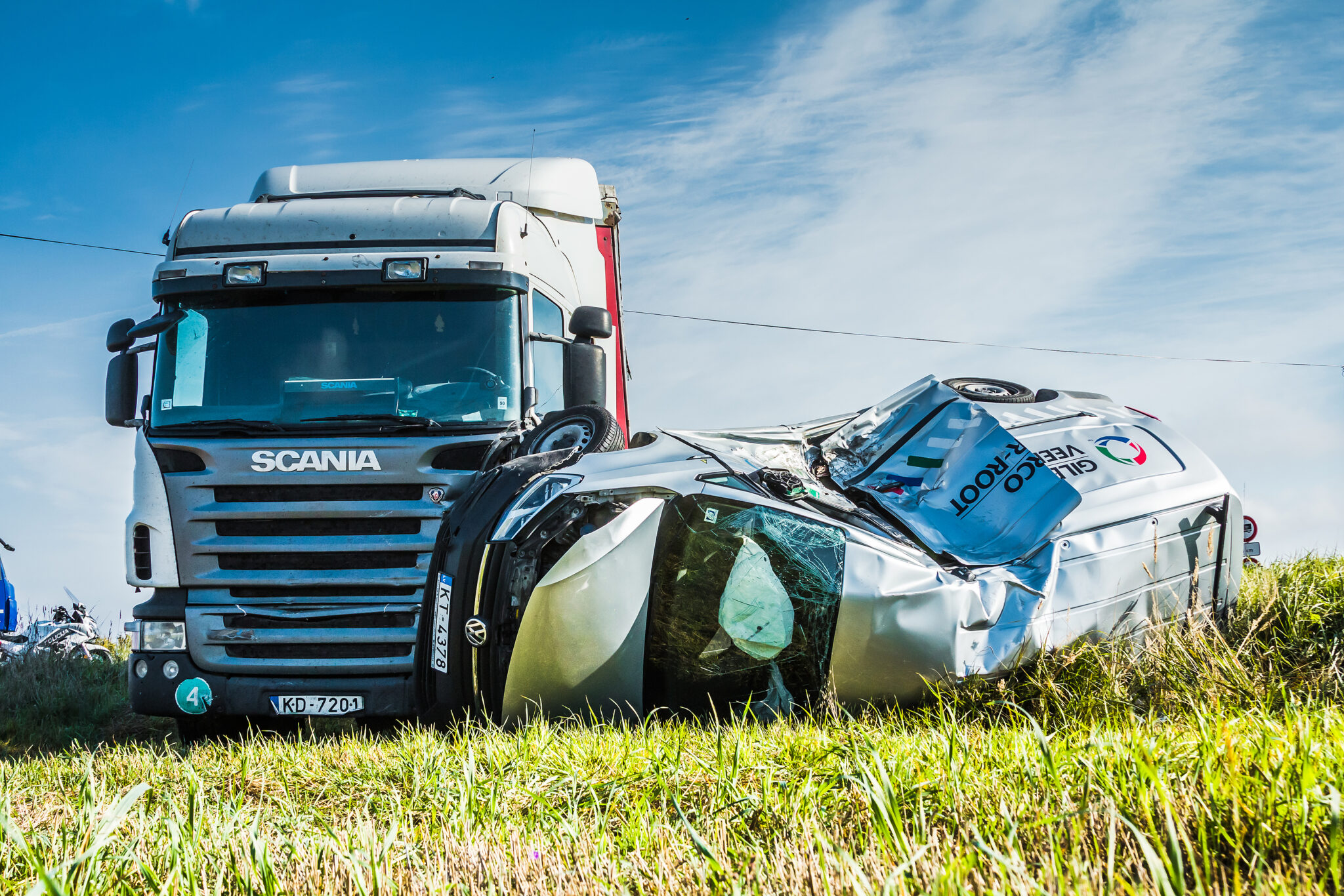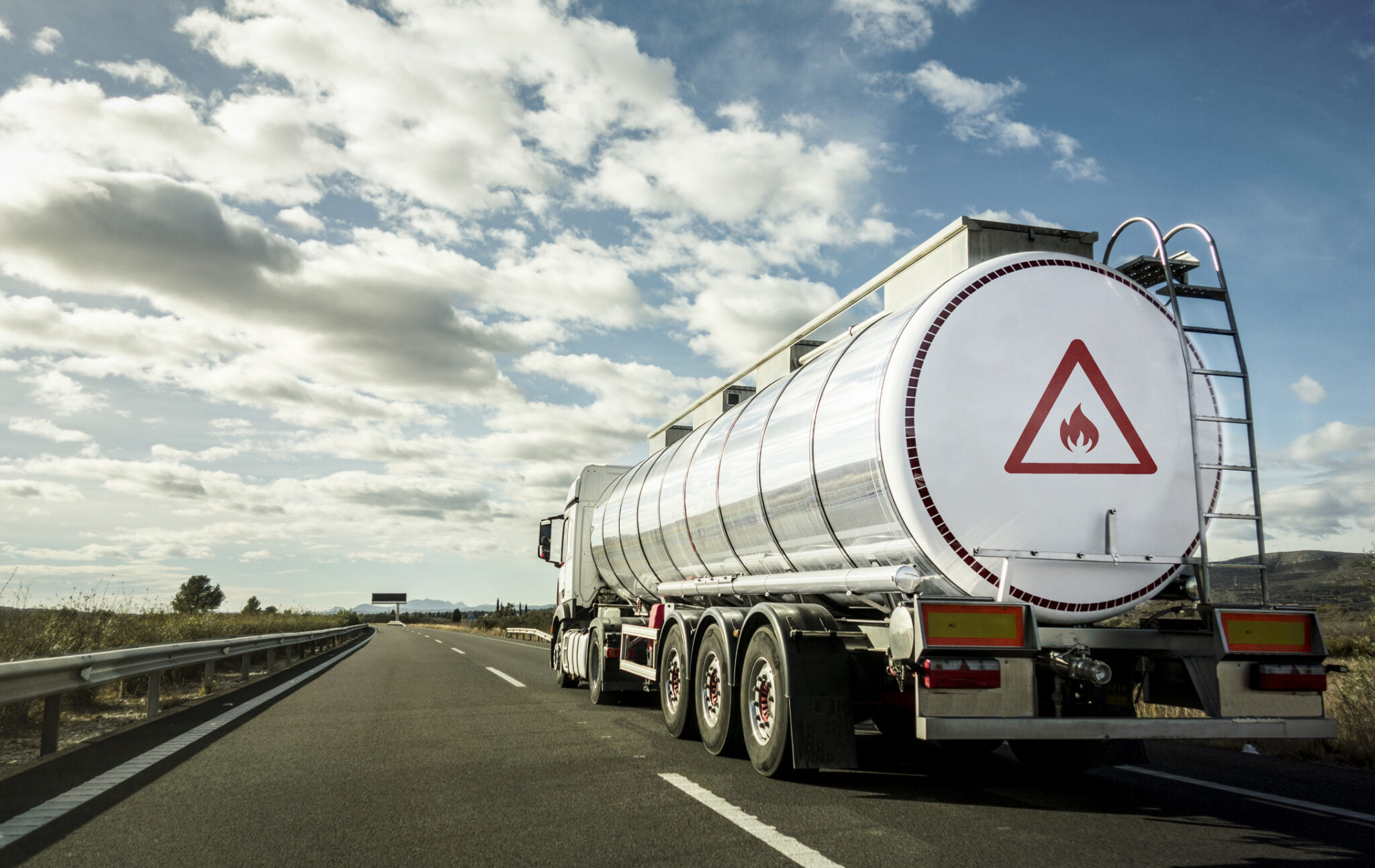Car accidents can have severe consequences, resulting in injuries, property damage, and even loss of life. One critical factor that significantly impacts the outcome of car accident cases is speeding.
Speeding not only increases the likelihood of an accident but also plays a crucial role in determining liability and the compensation awarded in Ohio. Find out how speeding factors into car accident cases in Ohio and the legal implications associated with it.
At HMW Law, we can provide the legal representation you need for your auto accident claim. Contact us today !
Speeding and Negligence in Ohio
Speeding is considered a form of negligent behavior, defined as the failure to exercise reasonable care while operating a vehicle. Negligence is a fundamental concept in personal injury law, and when it comes to car accident cases, proving negligence is crucial to establishing liability. By exceeding the posted speed limit or driving too fast for the road conditions, drivers demonstrate a lack of reasonable care, making them more susceptible to causing accidents.
Comparative Negligence in Ohio
Ohio follows a comparative negligence system, which means that the degree of fault is apportioned among all parties involved in an accident. Comparative negligence allows accident victims to seek compensation for their damages even if they were partially at fault. However, the amount of compensation awarded is reduced by the victim’s percentage of fault.
Speeding and Liability
When determining liability in a car accident case involving speeding, the court will consider various factors. These factors include whether the driver exceeded the posted speed limit, how much the driver was speeding, the conditions of the road, weather conditions, and any other relevant circumstances.
If the speeding driver is found to be solely responsible for the accident, they may be held liable for the full extent of the damages. However, if both parties are found to have contributed to the accident, their liability will be proportionate to their respective degrees of fault.
How Is Speed Determined in an Ohio Car Accident?
Determining the speed of vehicles involved in a car accident in Ohio typically relies on various methods and evidence. While it can be challenging to precisely determine the exact speed at the moment of impact, investigators and experts utilize several techniques to estimate vehicle speeds based on available information.
Some common methods used to determine speed in an Ohio car accident include:
- Accident Reconstruction: Accident reconstruction experts analyze the physical evidence at the accident scene, including skid marks, damage to vehicles and objects, and debris patterns. By examining these factors, they can estimate the speeds of the vehicles involved. Using principles of physics and mathematics, they consider factors such as momentum, kinetic energy, and the coefficients of friction to calculate approximate speeds.
- Vehicle Damage Analysis: The extent and nature of damage to the vehicles involved in the accident can provide valuable insights into the speed at which the collision occurred. Damage patterns, crush zones, and deformation can be analyzed by experts to estimate the relative speeds of the vehicles.
- Witness Statements: Eyewitnesses who observed the accident may provide valuable information about the speed of the vehicles. Their statements can be used to assess the relative speeds or the perception of excessive speed at the time of the collision. Witness observations, coupled with their experience and credibility, can help establish a general understanding of the speeds involved.
- Event Data Recorders (EDRs): Some modern vehicles are equipped with event data recorders, commonly known as “black boxes.” These devices capture various data points, including speed, braking, acceleration, and other vehicle parameters. Retrieving and analyzing the data from EDRs can provide valuable information regarding the speed of the vehicle leading up to the accident.
- Surveillance Video or Dashcam Footage: In cases where the accident was captured by surveillance cameras or dashcams, the footage can be reviewed to estimate the speed of the vehicles involved. By analyzing the movement and timing of the vehicles in the video, experts can make informed speed estimates.
Increased Severity of Injuries
Speeding not only increases the likelihood of an accident but also contributes to the severity of injuries sustained. High speeds reduce the time available for drivers to react and increases the force of impact in a collision, leading to more severe injuries or even fatalities. In car accident cases involving speeding, the extent of injuries suffered by the victim can play a significant role in determining the compensation awarded.
Legal Consequences of Speeding
In Ohio, speeding can lead to legal consequences beyond civil liability in car accident cases. The state has established specific speed limits, and drivers who exceed these limits may be subjected to traffic violations. The penalties for speeding can include fines, points on the driver’s license, license suspension, mandatory driver education programs, and even imprisonment in extreme cases.
If you’ve been injured in a car accident due caused by speeding, contact our Cleveland car accident lawyers today at 216-369-1352 or online.


